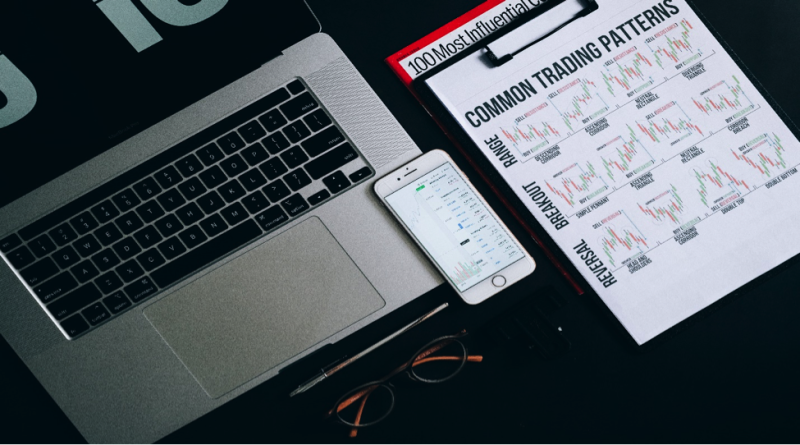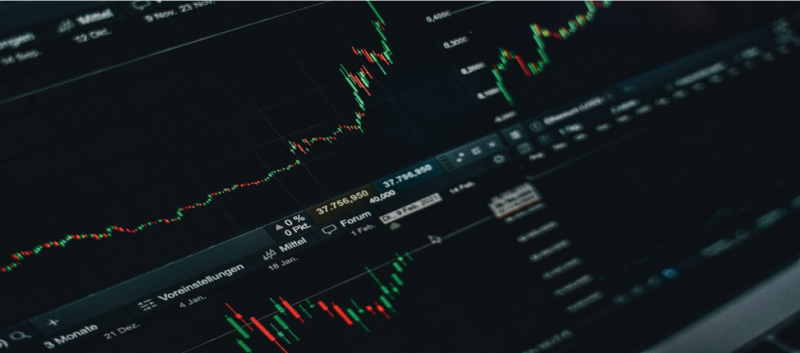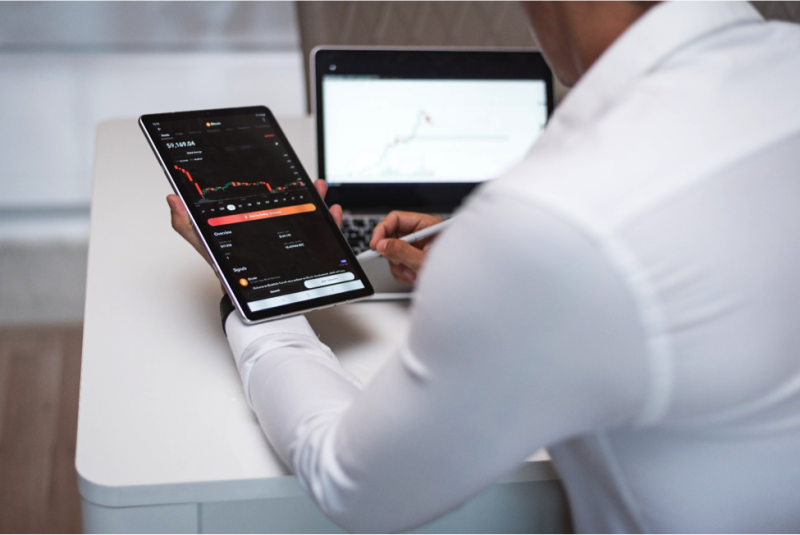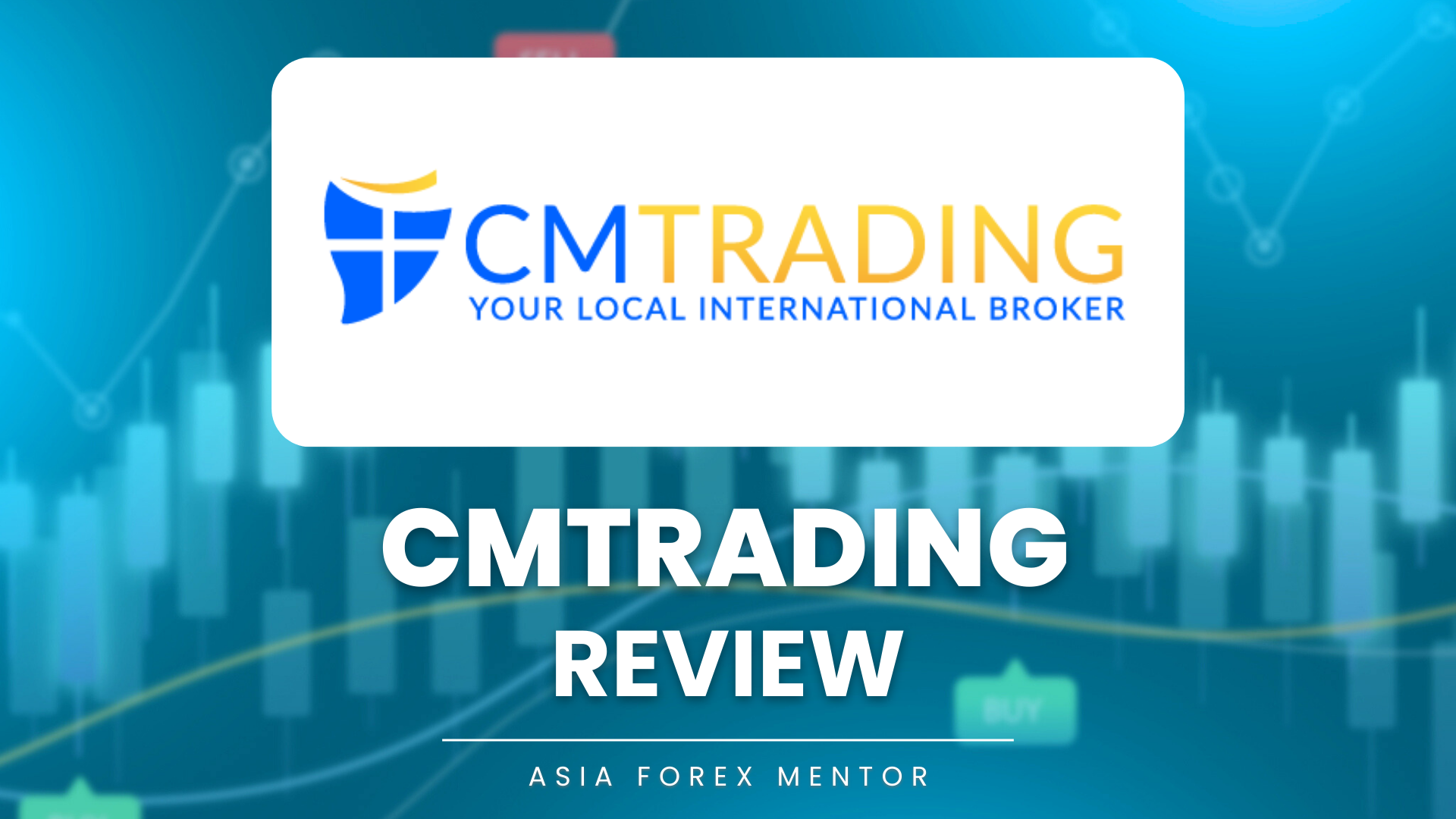Financial trading is broad and diverse. Due to the nature of the financial markets, the number of traders increases by the minute all over the world. Financial markets also grow and adapt to different economic conditions over time. For this reason, there has been a lot of innovation in forex trading especially over the last decade.
Top traders and investors are always coming up with new or improved strategies with the eventual aim of being profitable. Over time, active traders have realized that not all strategies work for everyone. Some strategies favor a certain group of traders while some favor another. Different currencies, commodities, options, cryptocurrencies, CFDs, and indices may require different strategies to allow investors to make a profit.

Some of these strategies are more complex than others. Traders may not be able to learn the more complex strategies, especially if they are new to trading. At times they may not be willing to learn about the strategies. For these reasons, copy trading was born.
In this article, we will answer questions such as; what is copy trading, how to participate in copy trading, and whether you can make money copy trading.
Also Read: A Complete Guide To Your Trading Plan
Contents
- What is Copy Trading?
- Parties Involved in Copy Trading
- Steps to Take While Copy Trading
- Copy-Trading vs Mirror Trading
- Is Copy Trading a Good Idea?
- Advantages of Copy Trading
- Disadvantages of Copy Trading
- FAQs
What is Copy Trading?
Copy-trading involves duplicating or replicating another trader’s exact trades. Copy-trading aims to copy blindly another trader as they make their trades. Simply put, it is exactly copying someone else’s trades. It is also commonly referred to as social trading.
Copy-trading involves the use of technology as it takes place in real-time. Expert traders use social trading networks to share trading signals with their followers or other traders. Since social networks allow for almost instant communication, these signals are available to traders in just a few seconds, allowing traders to make the trades as soon as possible.
There are two main forms of copy trading. They include:
a) Automated copy trading

Automated copy trading involves the use of technology for copy trades. Here, forex brokers provide social trading platforms that can be linked directly with various trading platforms. These platforms automatically copy transactions opened without the trader’s presence.
b) Manual copy trading
Manual copy trading involves physically copying another trader’s trades in real-time. An investor may get free or paid signals from social networks such as Telegram and Facebook. Manual copy trading is more time-consuming but offers more in terms of control over your capital as an investor.

Copy trading is most common among newer traders/investors as they lack trading experience. To minimize their chances of loss, they choose to copy more advanced and successful traders as they place their trades. It is important to note, that social trading does not guarantee a profit in any way. This is because the traders who are being copied can also make losses.
To illustrate forex copy trading, we will use Trader X and Trader Y. Both traders intend to take trades in the forex market, say to place a trade for the EUR/GBP currency pair. Assuming Trader X is a professional and profitable trader while Trader Y is a newbie. Trader Y may choose to copy Trader X’s trades. If X was to open a buy position at 0.8500, Y would open a similar position immediately.
Parties Involved in Copy Trading
The following are some of the basic parties involved in copy trading and what role they play in the copy trading process.
Investor

The investor in this context is the person copying the trades. Traders are crucial to the copy trading process as they provide capital, choose what trader (more experienced) to follow, create an account on a copy trading app and finally authorize the platform to follow an experienced trader’s strategy.
Manually, an investor would follow signals from a social network such as Discord, Telegram, or even Facebook. The investor would then open positions based on these free and paid signals.
An investor has several market options while copy trading. They may choose to place copy trade in; forex market, options trading, stock market, cryptocurrency market among others. They also reserve the right to choose what signal providers to follow. This helps investor achieve their trading goals and allows for risk management.
The investor is an integral part of a copy trading system.
Trader
The trader in this context refers to an experienced trader. Their trades are to be followed by an investor. A trader’s role in the copy trading process is to create trades that will be profitable to their retail investor accounts (followers).

Most popular traders usually have a demonstrated trading history of successful trades. This track record inspires investors to trust and follow specific traders. Different traders have different trading styles and strategies. It is, therefore, the duty of investors to choose what traders to follow.
Traders are also responsible for creating and updating content on the social networks that they use to share their trades.
Forex Broker
For either a trader or an investor to participate in the forex market, they would need to hold a trading account with a regulated broker. Online brokers act as intermediaries between the above-mentioned parties and the financial markets.
The choice of a forex broker is important as they should offer a platform that is compatible with the copy trading platform you decide to use. Some brokerage firms are designed to specifically offer copy trading services. These are known as copy trading brokers
Copy-trading platform
A copy trading platform is linked directly to your forex broker and trading platform. It allows investors to automatically copy trades. The platform allows you to set the different parameters in which you will use to copy trades.
Some copy trading platforms will have an overview of a trader’s history, strategies, and portfolio. This helps you as an investor to choose between different professional traders.
Some of the best copy trading platforms while trading forex have specific requirements before you open an account with them. One of the most common requirements is a minimum deposit amount.
Steps to take while copy trading
There are different ways in which you can go about while copy trading. Most of these ways vary depending on the type of financial market you decide to participate in. Various copy trading models also vary depending on the goal or objective of trading. However, regardless of these variables, some basics of copy trading do not change.
1. Opening a trading account
To participate in copy trading, you need to have opened and registered the following accounts; a trading account and a copy trading account. Some platforms offer both accounts as a single account. This will allow you to deposit funds to use for trading.
2. Selecting a professional trader
You then need to identify the trader you will follow. This is crucial in determining your success as a copy trader. Some of the factors to consider while choosing a trader are:
- Their trading performance.
- The markets they trade in; forex trading, CFD trading, options trading, etc.
- Risk management.
- Expected yield and profit limits.
- Trading tools.
3. Decide on the capital
After deciding on what trader to follow, you need to evaluate just how much you are looking to invest with that specific trader.
It is always advisable to invest with a few traders to avoid losing money rapidly. Sometimes the markets do go against experienced traders. If this were to happen, you would lose your portfolio in an instant.
If the trader is performing well and growing your portfolio, you can always increase the capital to make even bigger gains.
Copy-Trading vs Mirror Trading
Copy trading is mostly confused with mirror trading. Interestingly, copy trading grew from mirror trading. For this reason, they share some similarities but are not completely alike.
Copy-trading involves copying trades blindly and without questioning the logic behind the trades. On the other hand, mirror trading involves copying trades and duplicating the strategies behind those trades. A mirror trader would therefore seek to understand the complex instruments and strategies behind a specific trade.
Traditionally, in the early 2000s, traders used to replicate successful algorithms that had been developed from automated trading. These algorithms helped them come up with the trading strategies used. They then copied this intending to make profits. This could also be defined as mirror trading.
With time many traders realized that they could save on the effort if they could just copy the trades directly. This is how copy-trading was born. This also helps explain why copy trading is often confused with mirror trading.
Also Read: Mirror Trading: An Efficient Trading Strategy
Is Copy Trading a Good Idea?
Copy-trading, just like any other trading strategy has its fair share of advantages and disadvantages. Generally, if you copy a profitable trader, you are likely to be profitable as well. The opposite is also true, if you copy a trader who makes more losses than profits then you too will continue to make losses.

Research shows that investors who choose profitable traders to follow end up being up to 12% more profitable in the long run.
If you are a new trader, just beginning your trading journey, making copy trades, could be a great idea. It will give you a chance of learning how to trade while making profits. However, the downside to this is that you might not be able to choose a trader who fits your own trading strategy and is profitable. This may cause you to lose money.
Copy-trading also works for more experienced traders for various reasons. To begin with, traders can save on time spent on trading. Using an automated copy trading platform will enable these traders to automatically copy positions opened without them being physically on their screens.
Experienced traders also copy trades as a means of market research. They can use it to learn the different strategies that a profitable trader is using or to understand basic market behavior during different times.
However, regardless of the trading performance of the trader, some risks may lead to significant losses while copy trading. These risks include:
· Market Risk
Market risk refers to the unique situation that an asset; currency, commodity, index, option, or stock losses value and the price crashes. In the case that an investor had copied a trader who had taken trades on that specific asset, they would incur significant losses.
For this reason, investors should diversify and distribute their portfolios across different traders and different trading strategies.
· Liquidity Risk
Refers to the potential risk of liquifying (exiting trades) in a situation where the market does not behave as speculated. To mitigated high risk a trader needs to understand when to exit a trade. When blindly copying trades, one might not be able to do so in time due to market volatility.

To illustrate imagine a trader buys Company A’s stock at $100 per share. The investor speculates that the value of the stock will increase up to $120 per share but only after dipping to $85 per share. The investor who is blindly following this trader may not know this. For this reason, when the stock value starts decreasing, the investor may exit the trade too early or too late and, in both cases, make a loss.
Advantages of Copy Trading
1. Timesaving
Copy-trading helps save on time which would have otherwise been used for technical analysis and placing trades. An investor who is using automated copy trading especially, only has to check the market once in a while to monitor their portfolio and assess their profits or losses.
2. Great for learning
Copy-trading allows copy traders with new investor trading accounts to learn how to make their own trades by directly trading in the market. They can choose to either do this with a real or a demo account.
3. Allows for investment without experience
Copy-trading platforms allow new traders to make sound investments and generate a profit even without trading experience.
4. Can be used as a technical analysis tool
Experienced traders can use copy trades to learn new strategies and have an overview of the market behavior in real-time without making the trades themselves. They can also choose to work with either real accounts or demo accounts to achieve this.
Disadvantages of Copy Trading
- Might be expensive in the long run especially because traders charge for their signals. They can either charge through a subscription model or a revenue-sharing agreement. Some charge through both.
- To be able to copy trade successfully, especially in the case of copy trading, an investor has to be available in the market when the trader they intend to copy is online. They work with someone else’s schedule.
- Sometimes professional traders may experience a losing streak. This causes retail investor accounts lose money.
FAQs
Is copy trading legal?
Yes, copy trading is completely legal. Choosing to follow a specific trader means that you trust them with your portfolio. This means that they can not be held liable or be sued just in case their signals cause you to make losses instead of profits. However, copy trading is restricted in some countries.
How do you profit from copy trading?
To become a profitable copy trader, you only need to follow a profitable trader. If the trader makes profits and helps you grow your portfolio, you will automatically be profitable as well.











